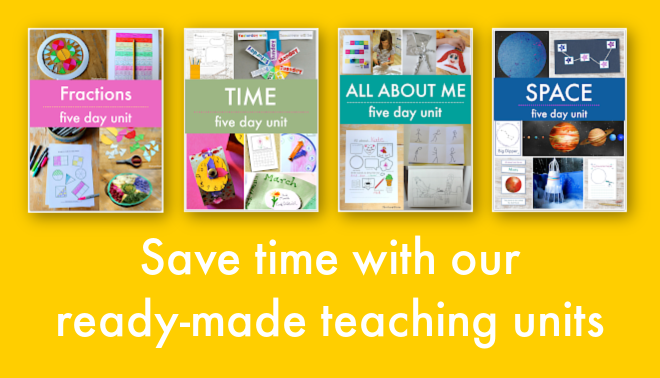Use this simple explanation of what a solstice is to introduce your children to the Winter Solstice. Plus, use our resources for winter crafts, games, and art projects to celebrate this winter festival.
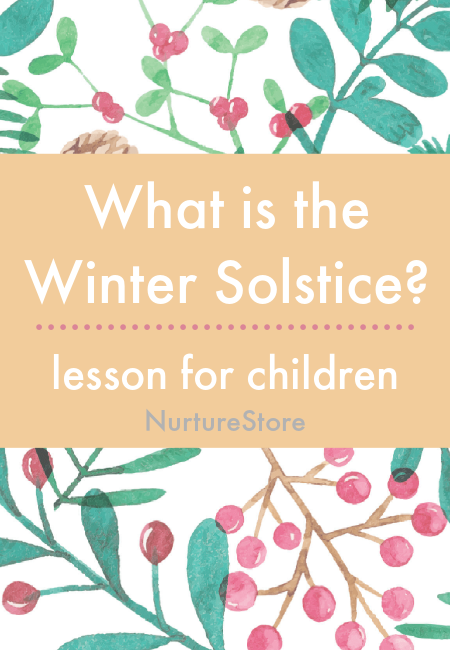
What is the Winter Solstice?
Introduce your children to the Winter Solstice, both the natural phenomenon and the annual festival, with this simple explanation of a solstice. This article is part of our Winter Solstice activities and craft resources.
In this article, you can:
:: learn what the solstice is in relation to the Earth and Sun
:: learn about the festival of the Winter Solstice
:: talk about what happens in winter where you live
:: find links to more Winter Solstice activities and crafts

The Seasons School Winter Retreat book
Have a cosy winter of learning, making and connecting with The Seasons School Winter Retreat book.
This 21 Day Winter Activities Countdown is one part educational curriculum, one part seasonal celebration, and one part family memory making. With a winter activity for each day it gives you a complete programme of nature, science, literacy, arts and crafts, sensory, and play that you can use to countdown the days until the Winter Solstice or use throughout the winter season.
See more details about The Seasons School Winter Retreat book here.
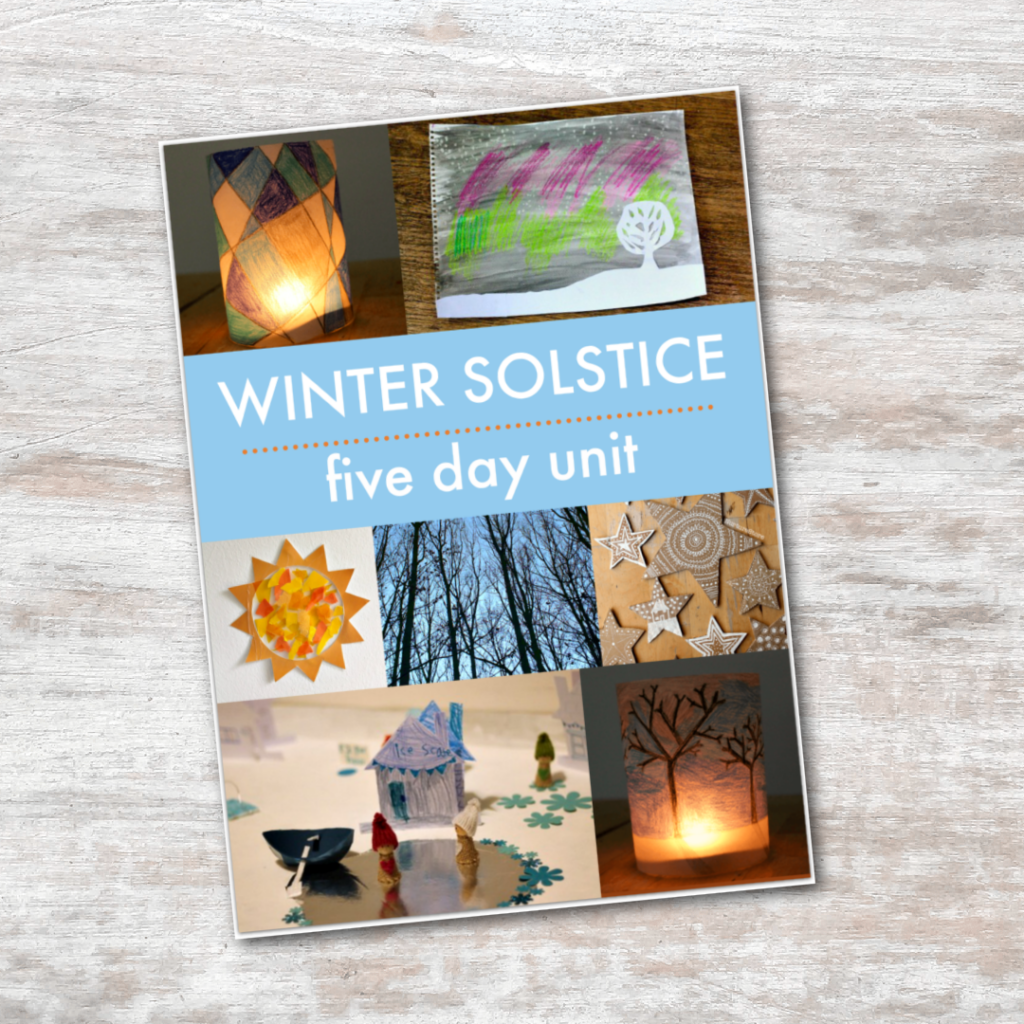
Ready-made Winter Solstice Unit
If you’re a member of our Play Academy you can download a ready-made five day Winter Solstice Unit and you’ll be ready to lead a week of fun and educational Winter Solstice activities with your children.
This Unit is part of our Festivals specialist curriculum pathway, and is a part of a set of ready-made units you can use to teach your children about the festivals of the world all through the year. Based on the teaching philosophy of hands-on learning, the Play Academy festivals curriculum is engaging, effective and loved by children.
See more details of this Winter Solstice Unit, and all the other specialist curriculum pathways and ready-made units you can choose from, in the Play Academy here.

What is the Solstice?
Let’s learn about the seasons and why we have them. We’ll think about what happens in winter and what the Solstice is.
A seasonal story of a celestial dance
There are three main characters in our seasonal story: the Sun, the Earth, and our Moon. All three dance around together in a daily, monthly, seasonal, and annual cycle.
The Moon moves around our Earth each day. And together the Moon and our Earth move all the way around the Sun, over the course of the year.
The way the Sun, Earth, and Moon dance around together gives us our day and night; our spring, summer, autumn, and winter; and the cycle of the natural year.
It takes 365 days for the Earth to travel around the sun – one year. During this year, as the Earth moves around the sun, we have our seasons: spring, summer, autumn, winter.
One important thing to know is that the Earth is tilted. As it moves around the sun it doesn’t sit straight upright with the North Pole exactly at the top and the South Pole exactly at the bottom. Instead, it leans to one side a little.
This tilt is very important, because it means at certain times of the year more of one part of the Earth is facing the sun than at other times. This tilt gives us our seasons.
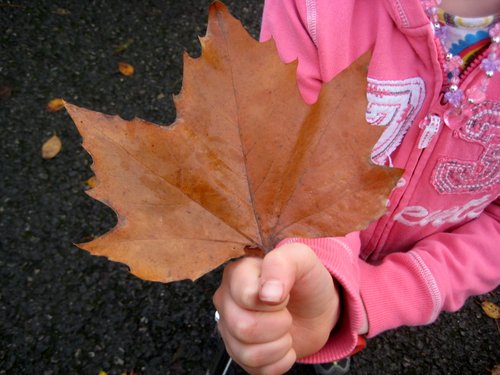
In September, the tilt means that the sun is facing right at the middle of the Earth. The rays of the sun are shining on the northern and southern parts of the Earth equally. This means we get about the same number of hours of daytime and nighttime. We call this time of year autumn, and the day of the year when we have the most equal day and night is called the Autumnal Equinox. In 2020 that day was on September 22nd.
After the Autumnal Equinox the tilt of the Earth means we will get fewer of the sun’s rays shining on our part of the world each day. The days will get shorter, and the nights will get longer, all the way through to the shortest day of the year at the Winter Solstice in December. In 2020 the Winter Solstice is on December 21st.
People living in the southern hemisphere have their seasons at the opposite time of year to us, so when we are having autumn, they are having spring.
Watch this video to see the movement of the Earth around the sun.
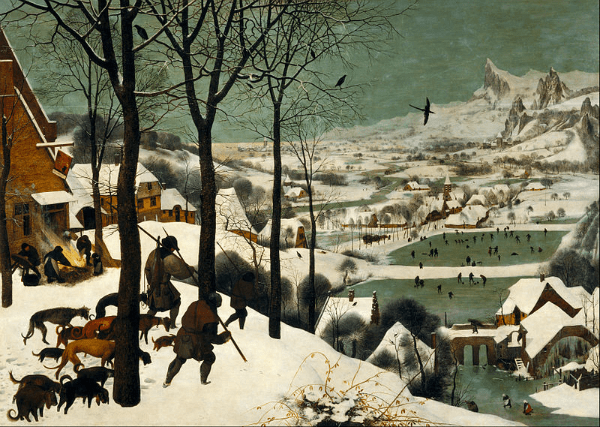
Celebrating the Winter Solstice festival
The word solstice comes from the Latin words sol, which means sun, and sistere, which means to stand still.
The solstice has been an important ritual, across cultures, for thousands of years. The winter solstice is celebrated worldwide with feasts and festivals and lantern parades. It is a time to rest, get cosy, and renew yourself for another year.
Many people use it as a time to let go of things that no longer serve them, and to make new plans for the new year.
It is a great time to focus on the natural world and re-connect yourself with the planet.

What happens in winter where you live?
Talk about what happens in winter where you live. What do your children already know?
:: What do you notice happening in your garden or in the woods?
:: What foods do you see in the market?
:: What are the birds and insects and other wild animals doing at this time of year?
You might like to track what time the sun sets each day leading up to the Solstice week. Does it get earlier or later each day?
You might like to fill a page in your nature journal with notes and pictures about the winter.
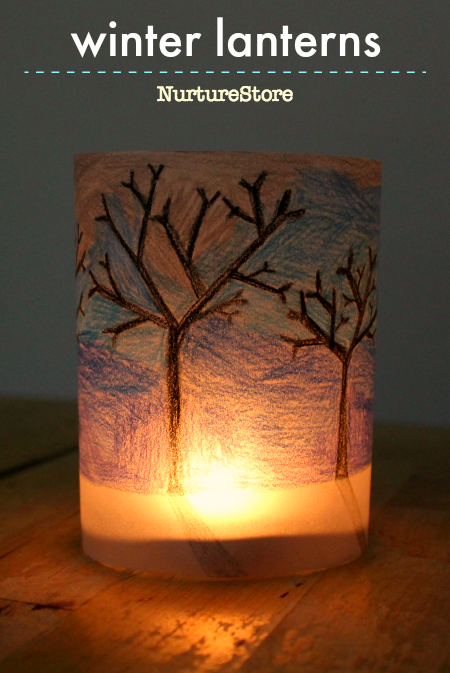
More Winter Solstice activities and crafts
See our full resource of Winter Solstice activities and crafts for more ideas on how to learn about and celebrate the Solstice.



